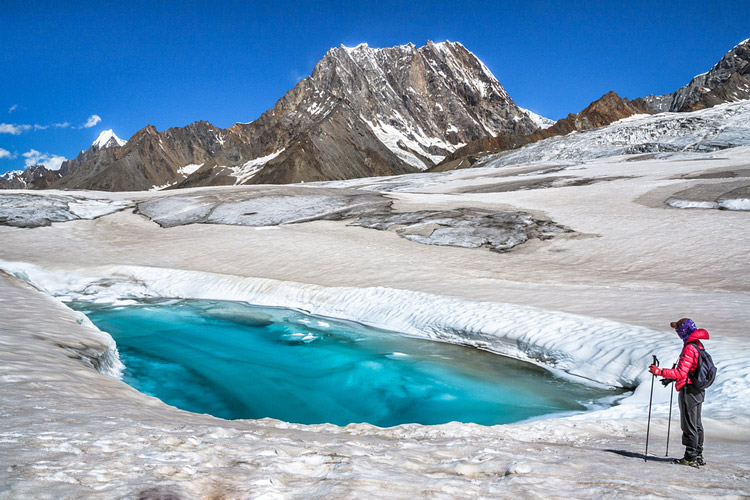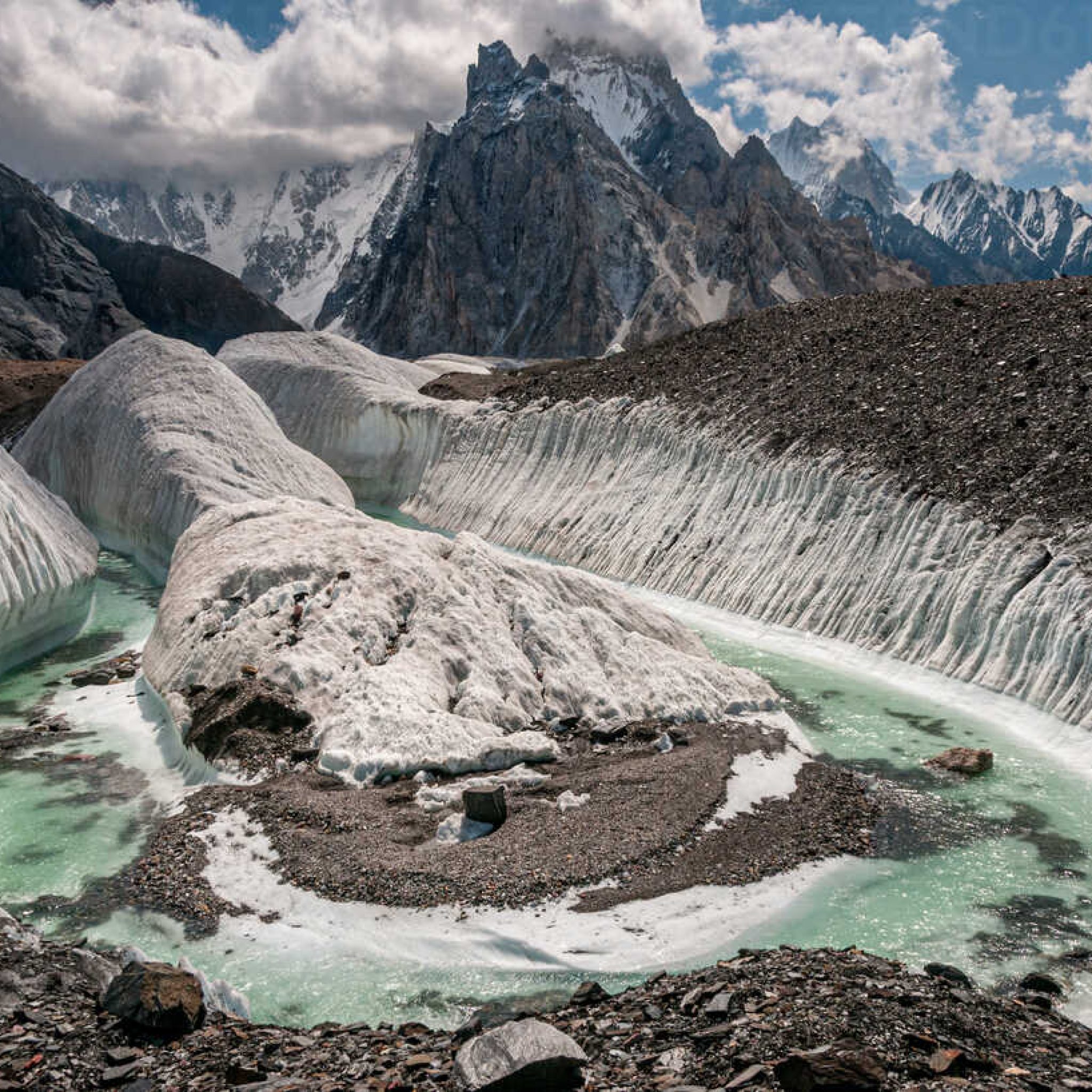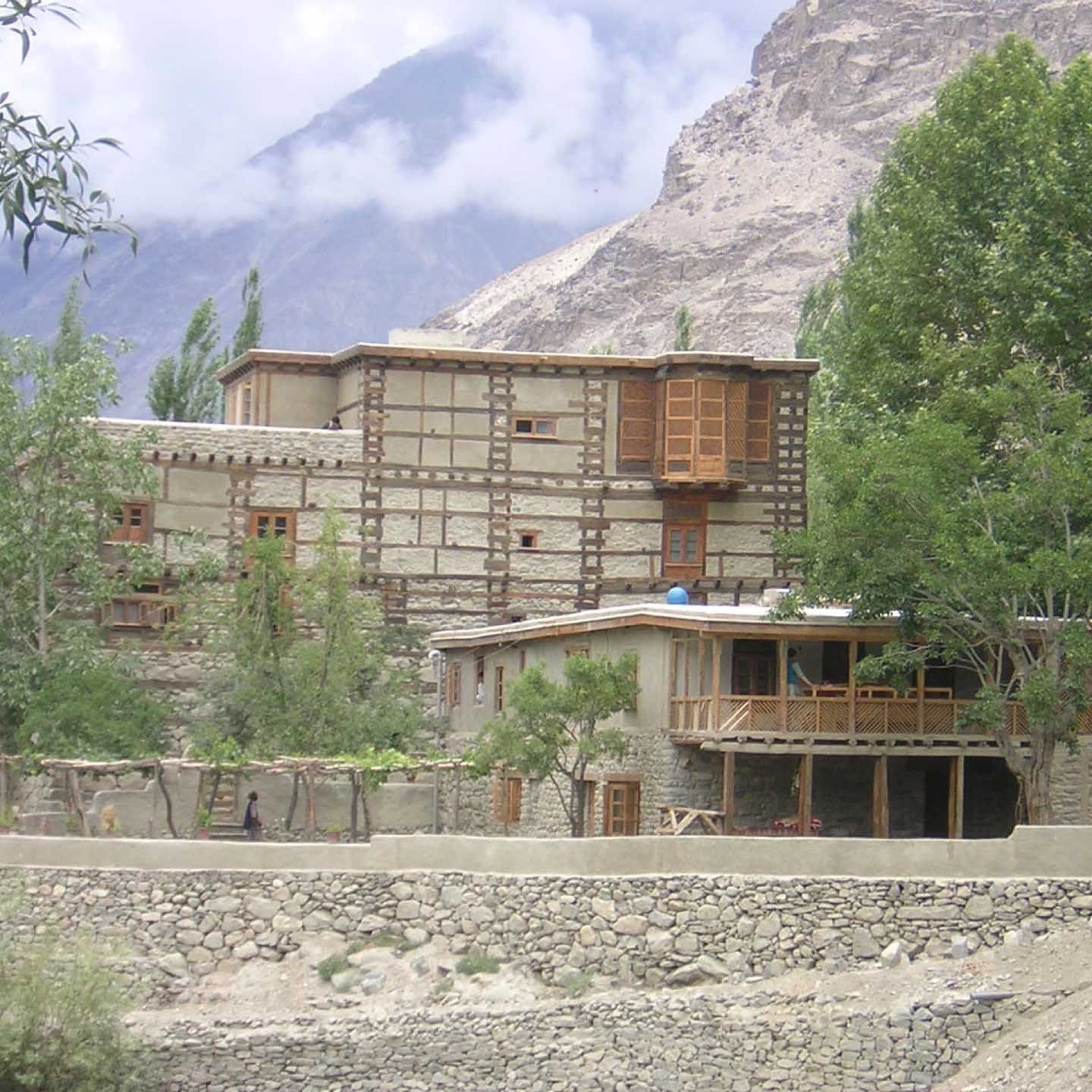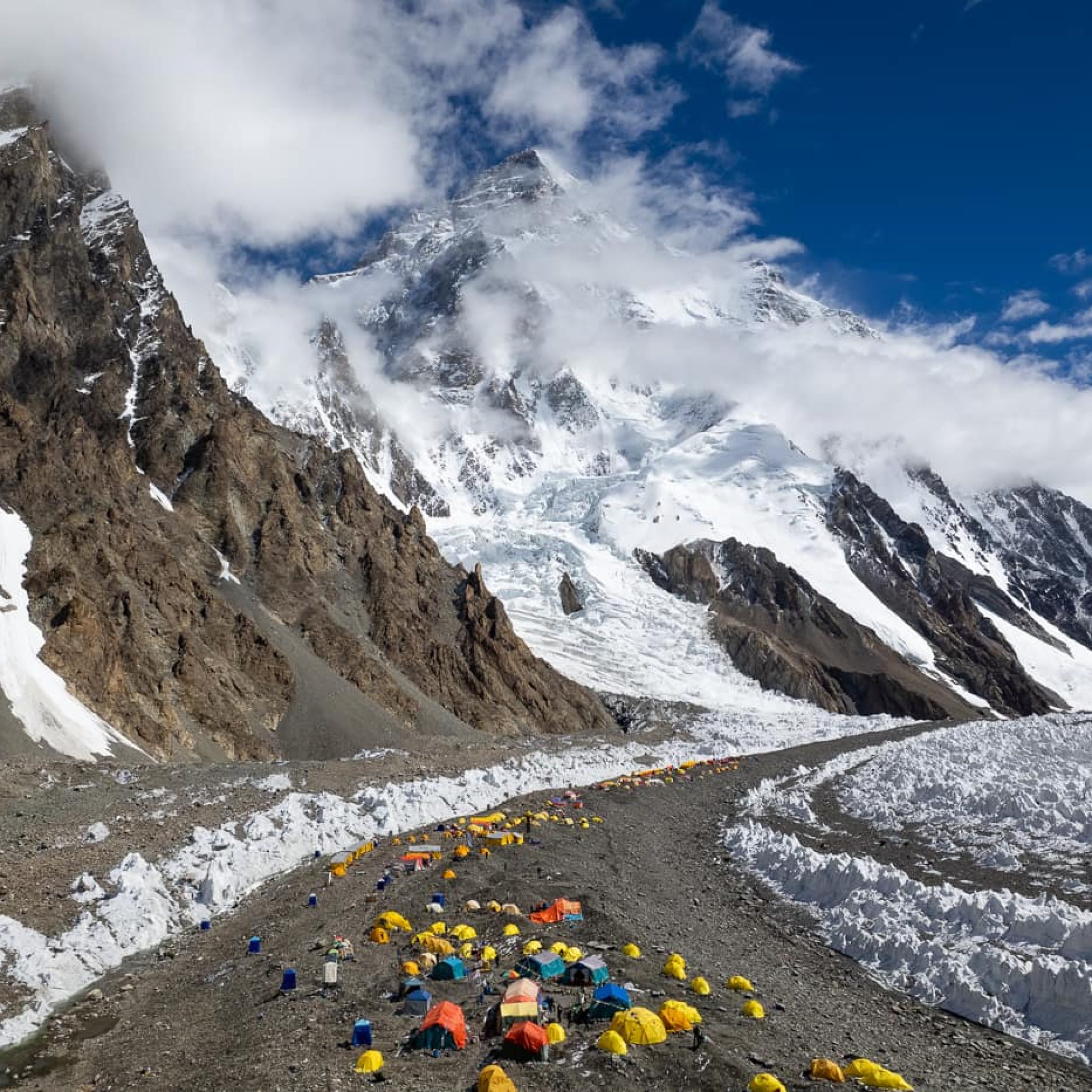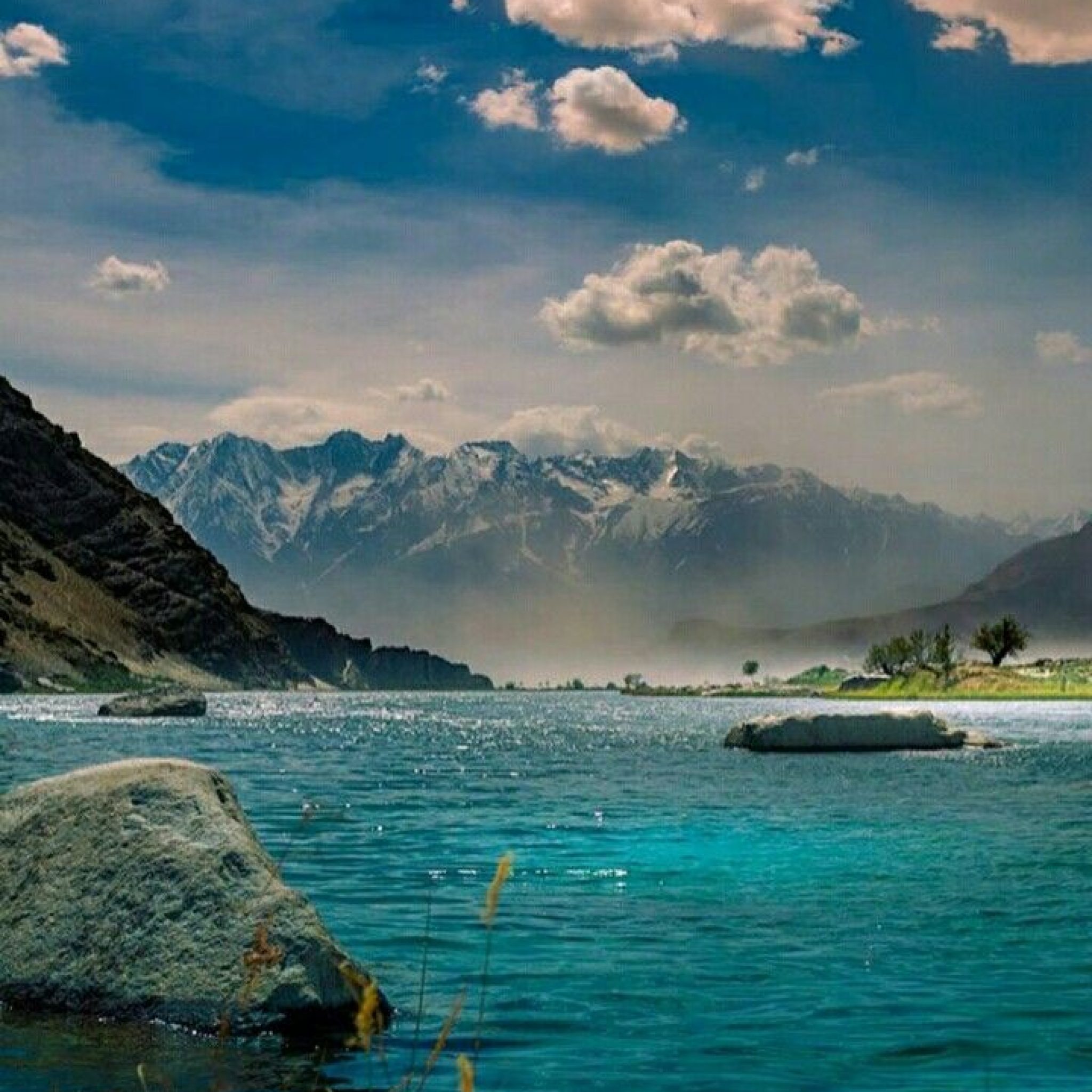Shigar
About the tour
Shigar is a beautiful valley located in the Baltistan region of Pakistan, nestled within the mighty Karakoram mountain range. It’s known for its stunning natural beauty, rich cultural heritage, and various outdoor activities that make it an attractive destination for travelers seeking adventure and tranquility.
Travel Tips:
- Permits and Logistics: Before traveling to Shigar, obtain any necessary permits for trekking and other activities. It’s advisable to arrange transportation and accommodations in advance, especially during the peak tourist season.
- Pack Accordingly: Due to the diverse terrain and changing weather conditions, pack appropriate clothing and gear for trekking, hiking, and other outdoor activities.
- Respect Local Customs: The local culture in Shigar is deeply rooted in tradition and respect. Be mindful of local customs, dress modestly, and interact respectfully with the local communities.
- Altitude Considerations: Shigar is situated at a significant altitude, and some areas involve high altitudes. Take precautions to avoid altitude sickness and acclimatize properly.
- Sustainable Travel: Help preserve the natural beauty and cultural heritage of Shigar by practicing responsible and sustainable travel practices. Respect the environment and local communities.
01
Blind Lake:
Blind Lake or Jabra Zhou Lake is a scenic lake between Skardu and Shigar. Although this lake is in District Shigar. The blind lake is nearly a 30-minute drive from Skardu city. This lake is on the way to the Shigar district from Skardu. A pearl and a hidden gem for adventure lovers. Visitors can enjoy walks on sand, rocks, lush green grass, between mountains and a famous Cold Desert Sarfaranga Skardu. Most importantly this lake is on the legendary route of K2, the world’s second-highest mountain.
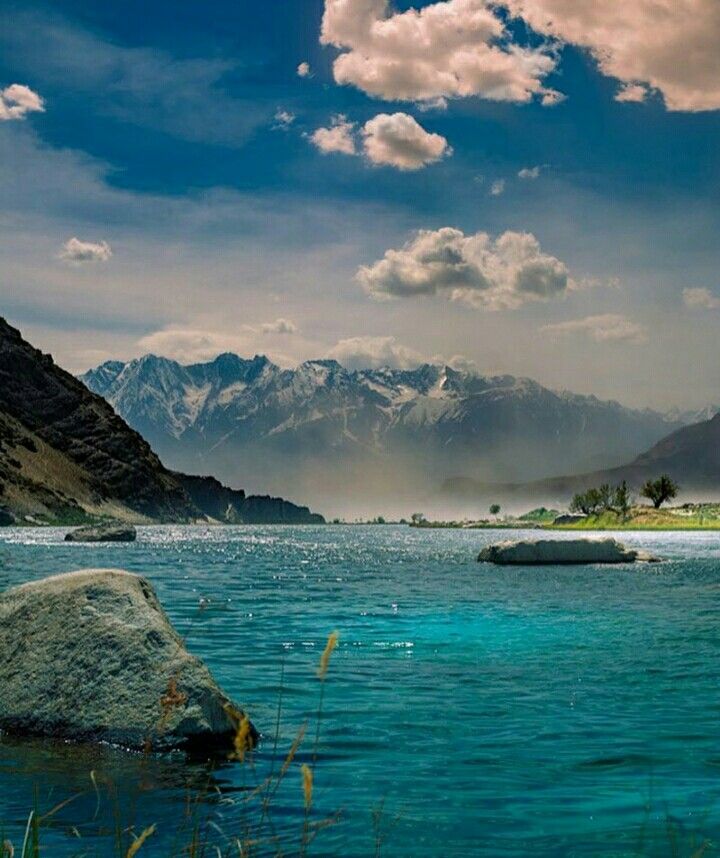
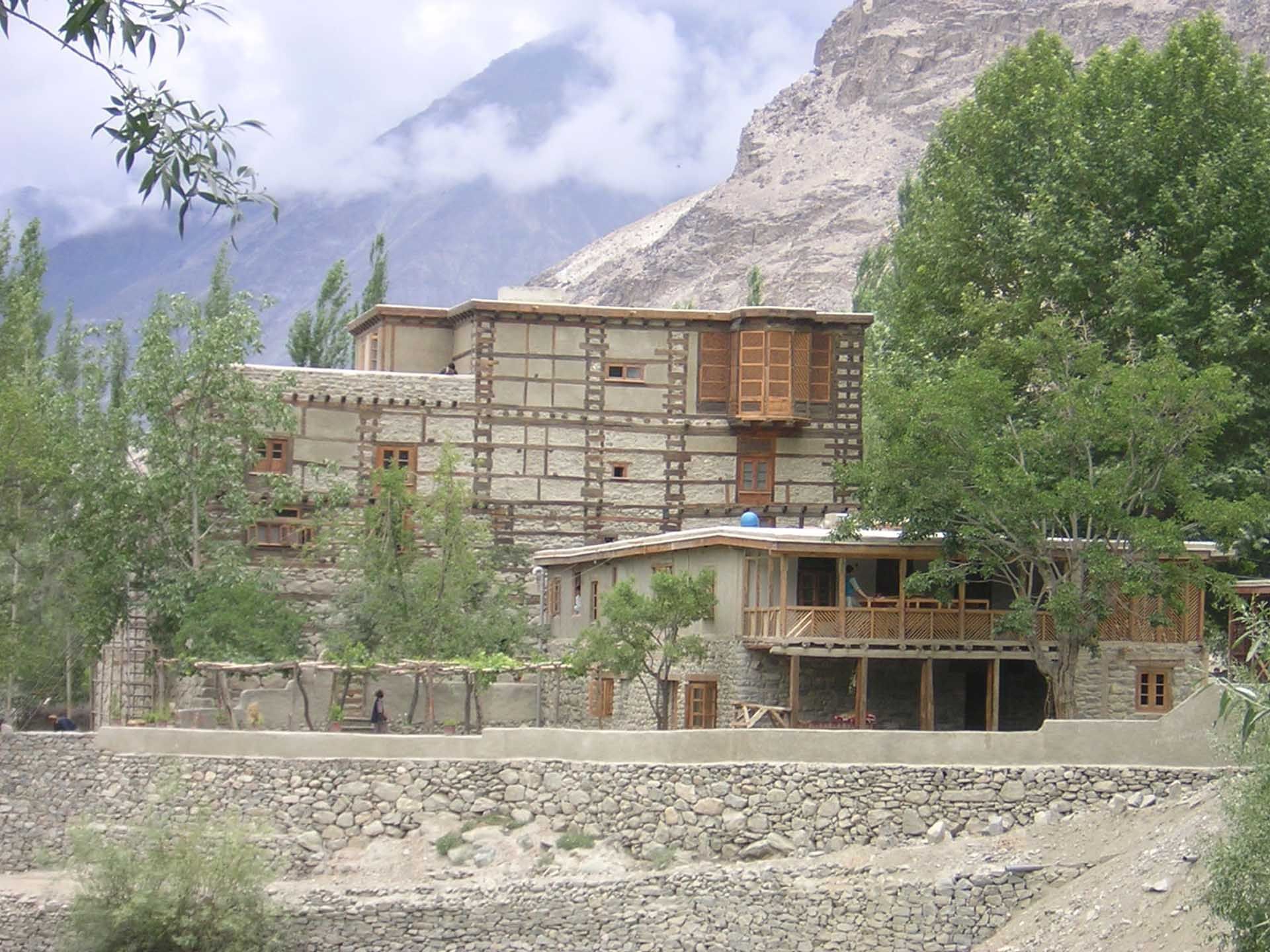
02
Shigar Fort:
Shigar Fort is locally known as Fong Khar, which is the local baltic language that means the palace on rocks. It was
built by Hassan Khan, the 20th ruler of the Amacha Dynasty, in the early 17th century. The Amacha family has ruled
Shigar for thirty-three generations, with origins in the “Hamacha” tribe of Ganish, Hunza. When the Hamacha tribe
was massacred in Hunza, a few of its members managed to flee to Shigar across the Hispar glacial pass, where they
gained power and were recognized as the Amacha Dynasty in the 13th century
03
Baltoro Glacier:
At 63 kilometers (39 miles) in length, the Baltoro Glacier is one of the longest non-polar glaciers in the world. It’s located in the Gilgit-Baltistan region of Pakistan, home to some of the world’s highest mountains. The glacier runs through part of the region’s Karakoram mountain range, near a mountain known as K2, the highest mountain in the region at 8,611 meters (28,251 feet). Within 20 kilometers, there are three other mountains that are 8,000 meters as well.
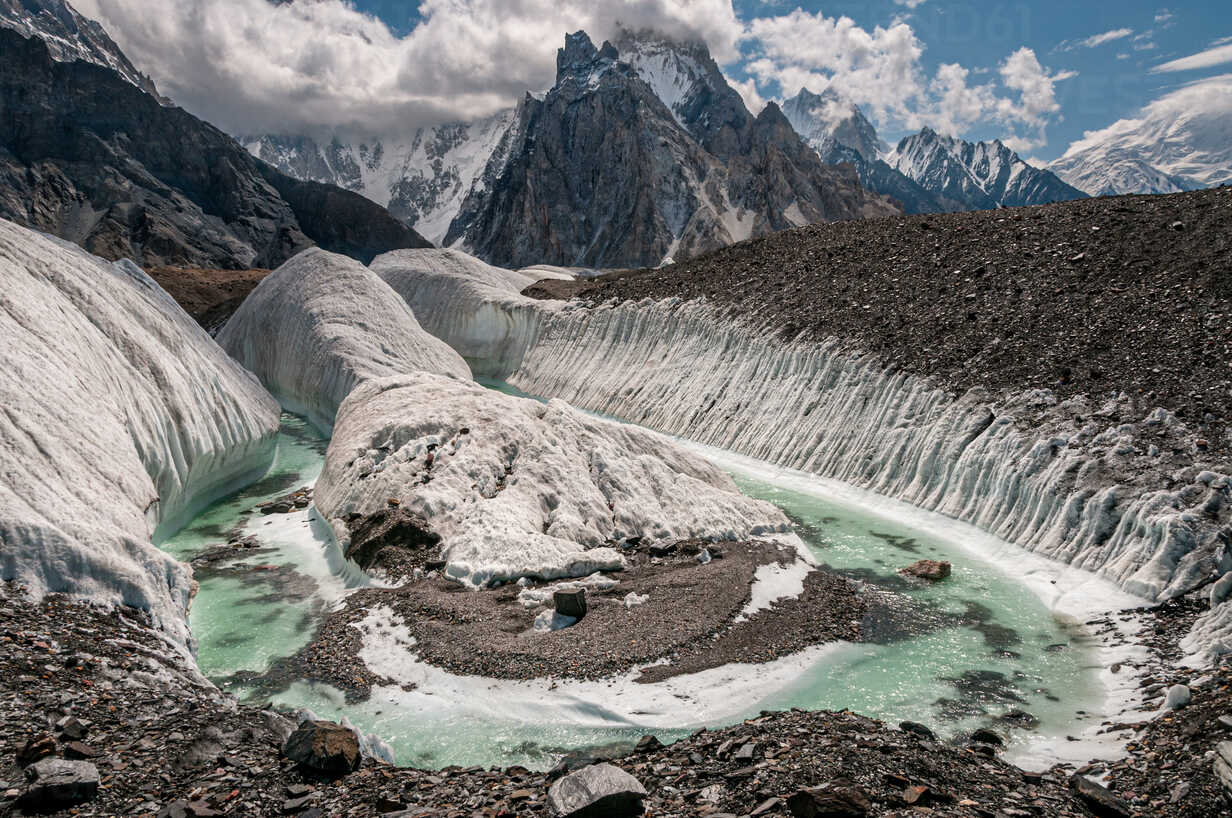
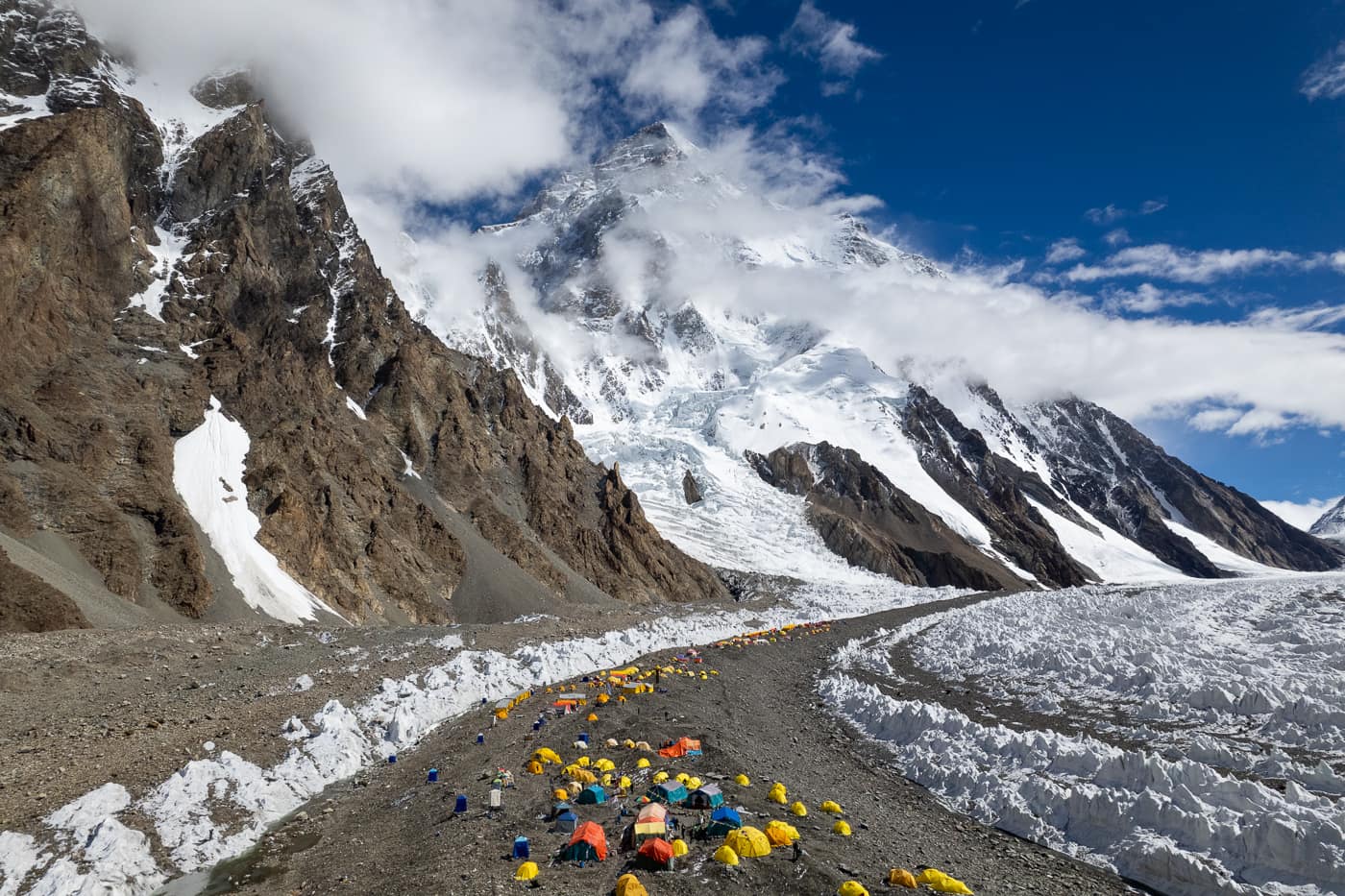
04
K2 Base Camp:
The K2 base camp trek is the most popular trekking holiday for trekkers. It provides one of the most unique and the
most spectacular views of the northern mountains. It gives great views of four 8,000, peaks and is thought by many
to be one of the best high mountain treks in the world.
05
Hispar Snow Lake:
Hispar Snow Lake trek is nestled amidst a high-altitude glacier basin, over 16 kilometers wide, located at the head of
the Biafo and Hispar la pass in the Karakoram mountain range of Pakistan. Combining the Biafo Glacier, Snow Lake,
and Hispar Glacier is 120 KM, which makes it the second-longest glacier in the world outside the Polar region. The
mountain kingdom of Baltistan, Biafo Glacier, Snow Lake, Hispar la, the Karakoram Range, and Hunza Valley in
Pakistan is a dream destination for trekkers, offering fresh air, stunning scenery, and the chance to reconnect with
nature.
